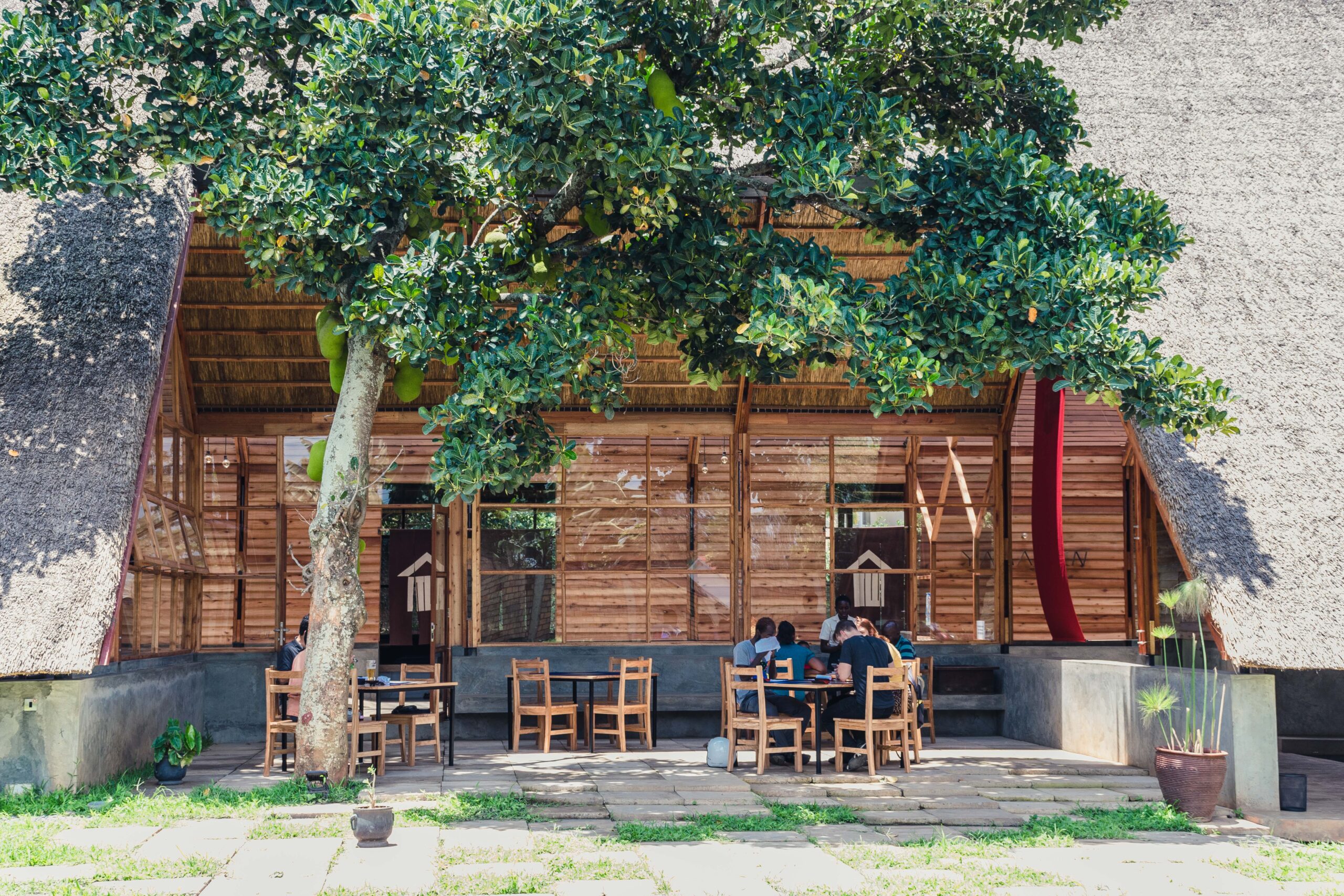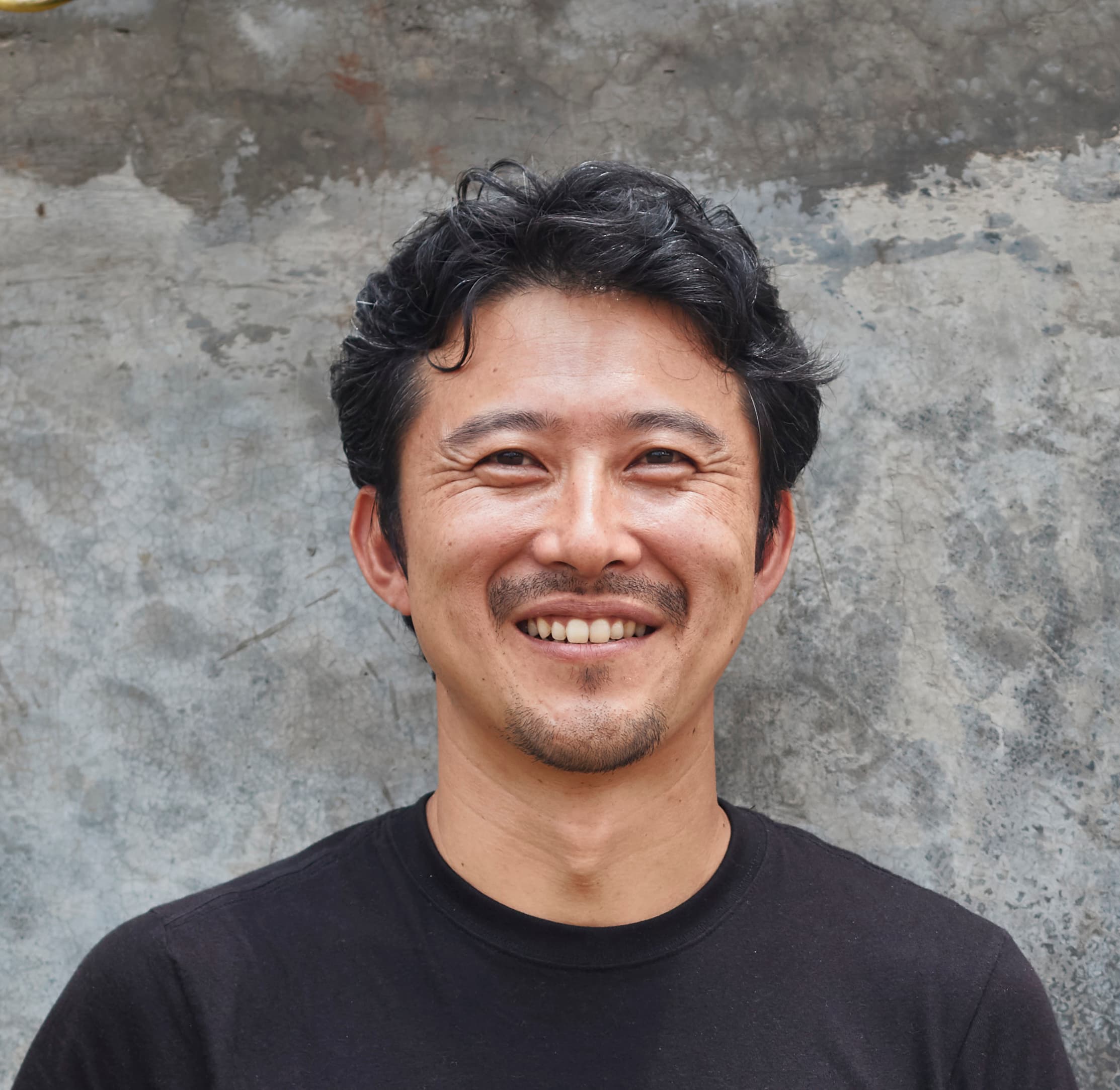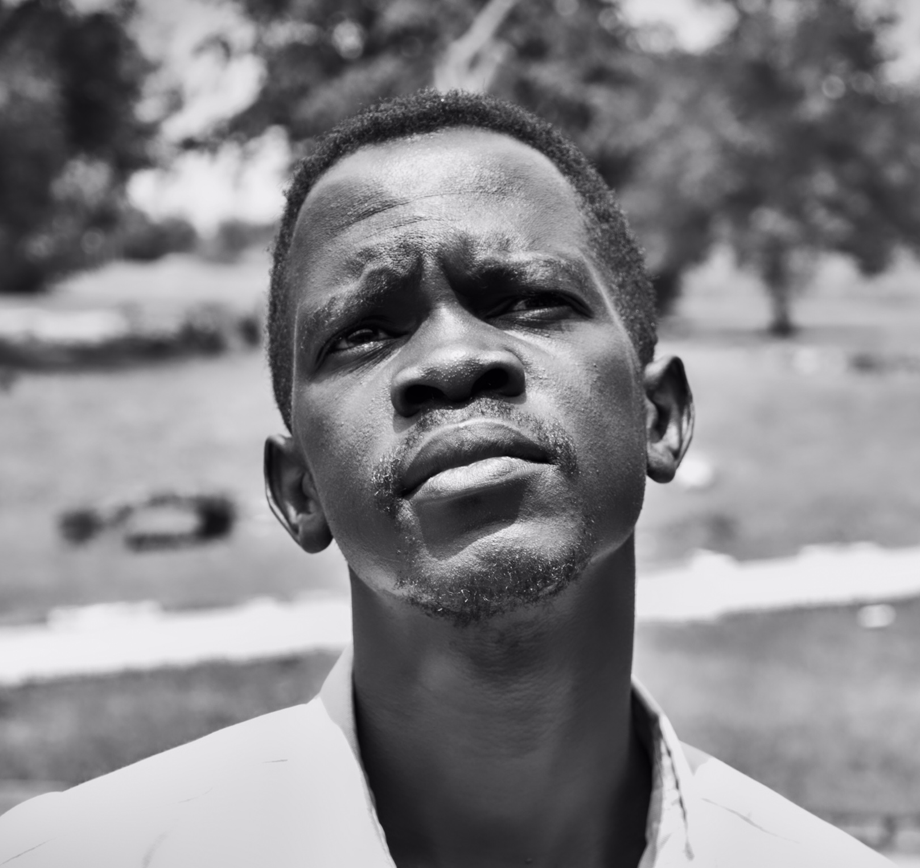Climate and Architecture – Kenchikushi 9.2020
原文で表示 (日本語)Cover: People enjoying a meal in the shade of a tree at Yamasen Japanese Restaurant.
Photo:Timothy Latim
The morning in Uganda is exhilarating. It is still dark in the capital city of Kampala at around 5.30am. As the azan (prayer announcement) from the mosque is heard, the eastern sky gradually whitens and the distant hills come into view in the crisp air. Smoke from breakfast tea rises from the chimney of houses. While the hills, which were green ten years ago, are now covered with houses, the mornings are still as pleasant as ever.
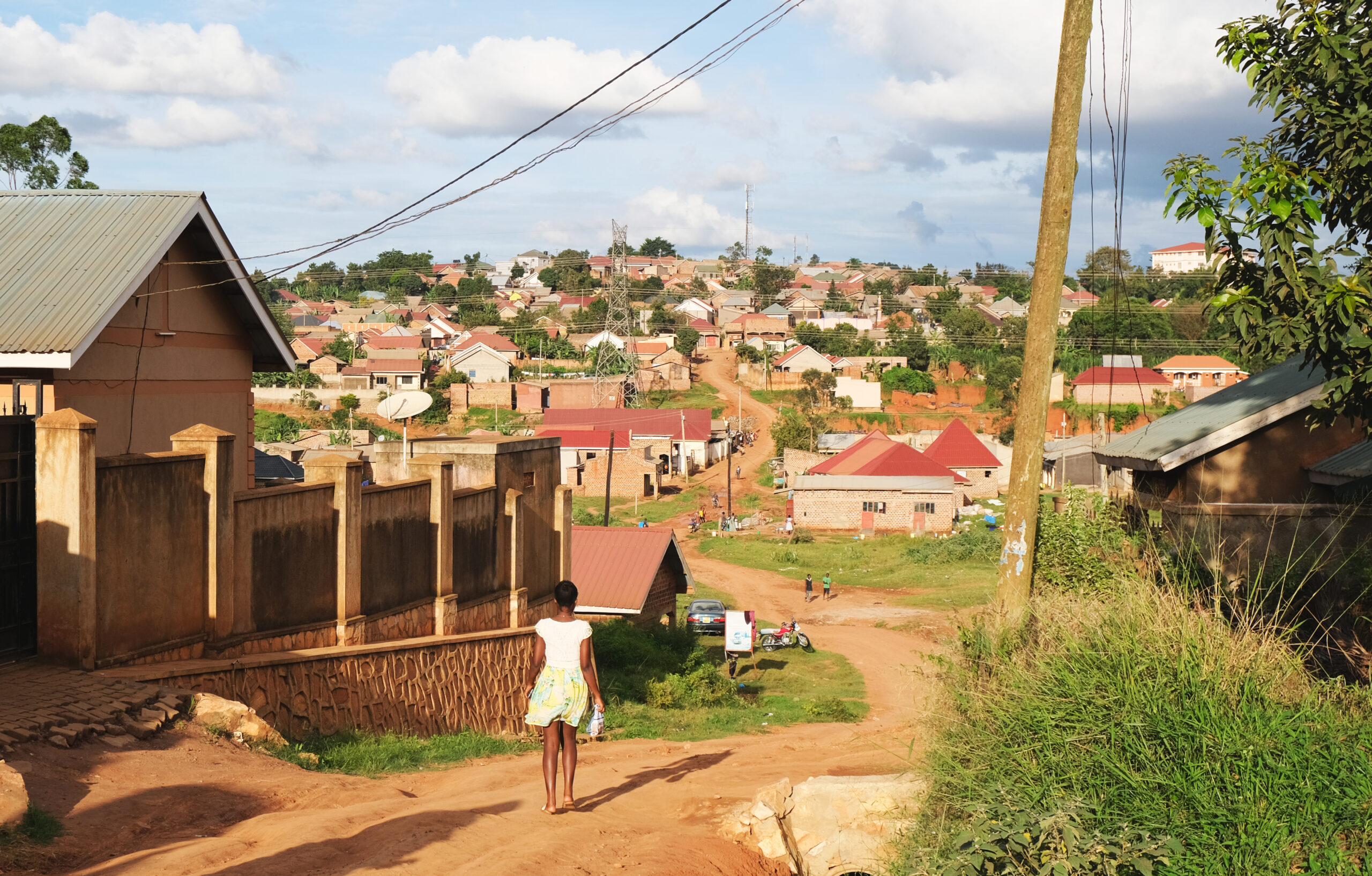 A view of the hills outside Kampala.Ten years ago, there were almost no buildings and the area was green.
A view of the hills outside Kampala.Ten years ago, there were almost no buildings and the area was green.
In this pleasant climate, many of the houses are simple brick walls and tin roofs that do not seem to adapt the climate at first glance. The openings are small, the rooms are dark and poorly ventilated. However, tin roofs, which seemingly chosen for their low cost alone, is very adaptive to this region where temperatures drop dramatically in the evenings. A roof that does not store heat and cools easily is the right choice for sleeping indoors at night. It is not truly comfortable to be indoors during the day, so people naturally go outside to enjoy the comforts of the open air. This seems to me an appropriate form for the area.
Mothers cooking or working at a sewing machine, children studying, men playing games with their neighbors and old men sitting in chairs all day with beer in their hands… Walking down the alleys, you can find people spending their time in the shade, feeling the fresh breeze.
The kitchen and running water are usually outside. You go outside to wash your face or brush your teeth. A day’s work is made up of many trips back and forth between inside and outside. If you ask: “What is home to you?” It’s not the buildings themselves, but the living landscape- be it the alleyways that face them, or the shadows under the nearby trees.
The world is facing the effects of climate change, and Uganda is no exception, but the way they live and interact with the climate teaches us a lot.
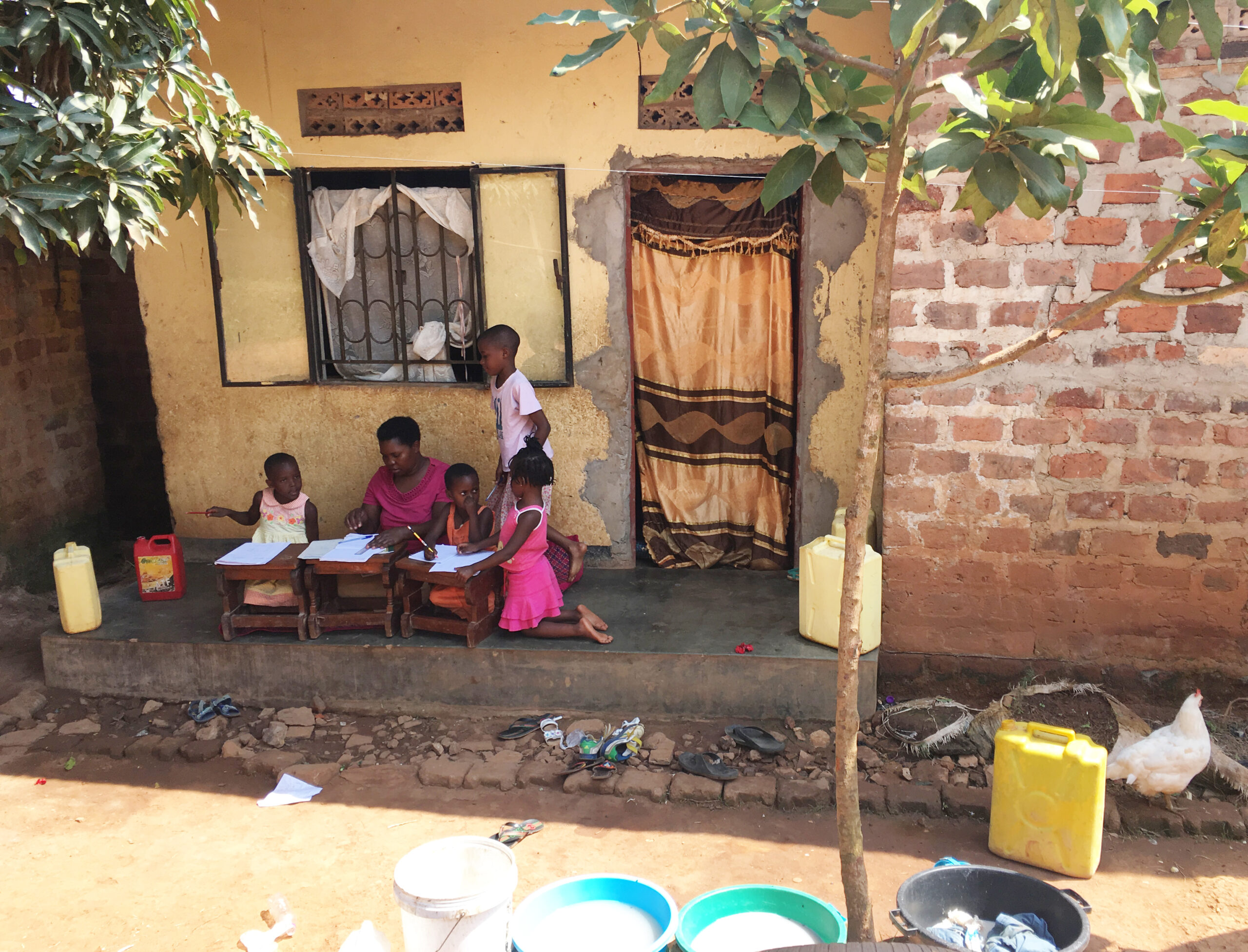 A mother teaching her children to go outside the building to study.
A mother teaching her children to go outside the building to study.
Photo : Ikko Kobayashi, Timothy Latim
Source : “Kenchikushi” Sep 2020
